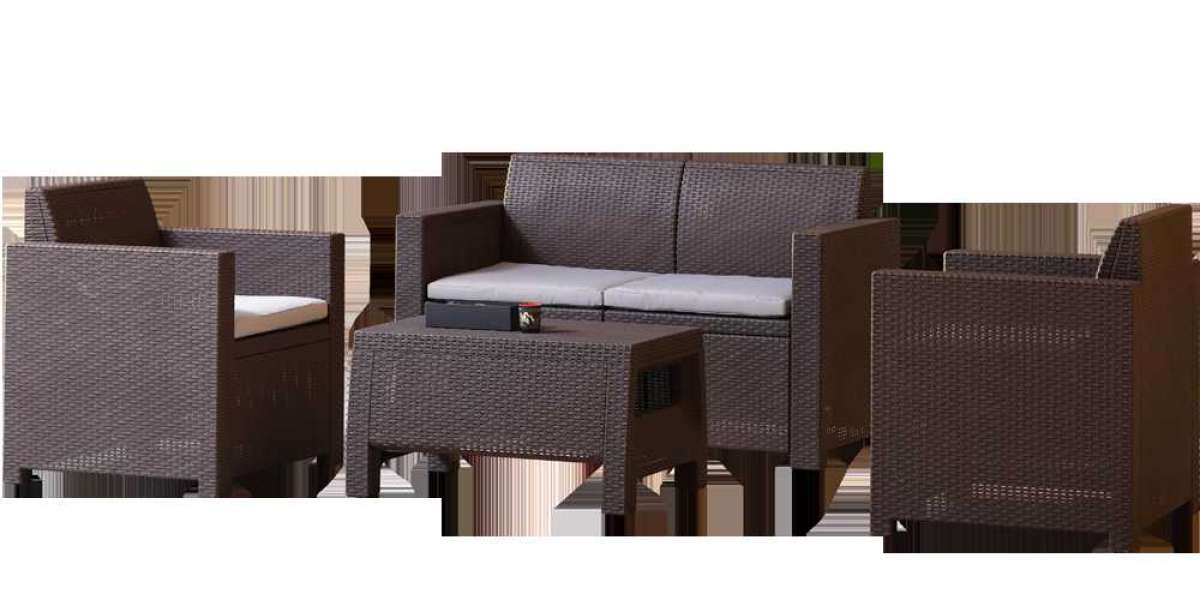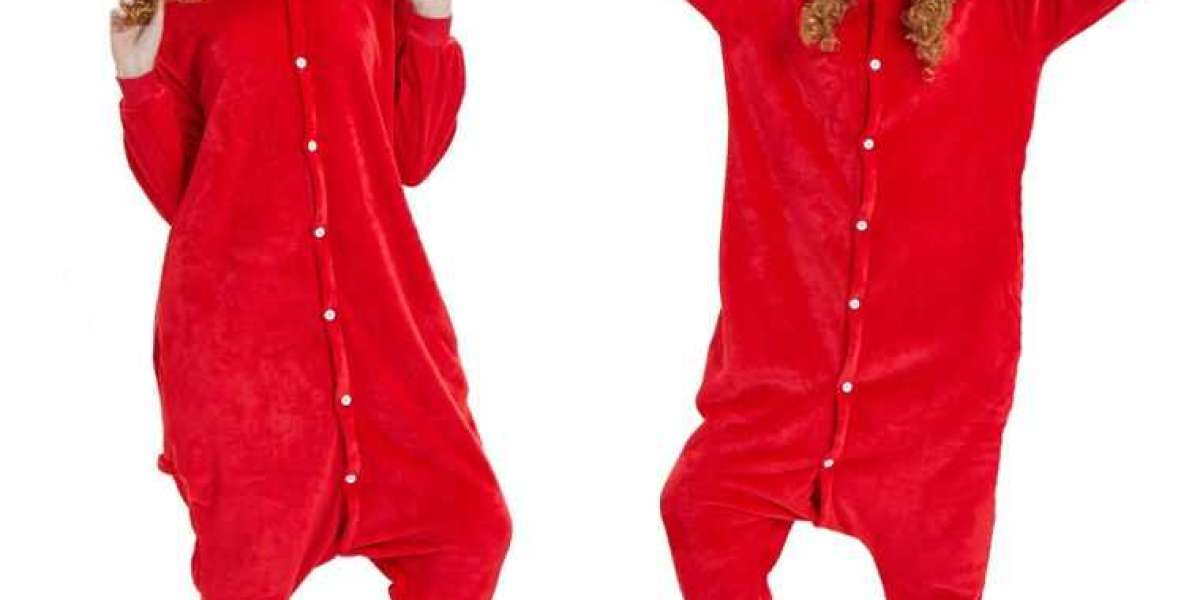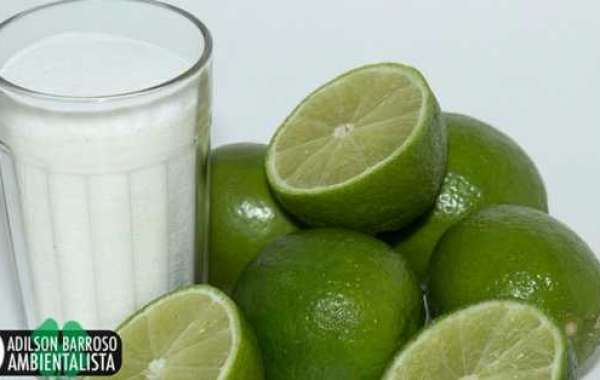Prepare Rattan Corner Sofa for winter by giving it a good cleaning. Use dish soap and water for wicker, iron, or plastic furniture, or a wood furniture cleaner on wood. Once your furniture is clean, choose a protective cover that properly fits your furniture piece. Finally, you'll need to find the right outdoor furniture storage space. Some furniture can be stored outdoors during the winter, while other furniture will do best stored in a garage or shed.
Should You Leave Your Patio Furniture Outside?
Most patio furniture can be left outside – after all, it was made to be there! But the harsh winter weather conditions can take a toll on the finishes, leaving them looking less-than-new when nice weather comes back around.
It’s best to put metal, wood, wicker, and fabric pieces in storage to keep them out of the elements. Most plastic furniture can stay outside, but be careful to watch the temperatures — if there is another Polar Vortex this year, you’ll want to bring those pieces inside to prevent them from cracking in the cold.
You can disassemble many of your pieces and store them in your garage or basement. But if you’re short on that extra storage space, there are also steps you can take to winterize your patio furniture to keep it safe all winter long.
Just be sure to act during the fall — and take these simple steps before the weather in Chicago gets too cold and snowy to work outside! And remember that different types of furniture need different approaches.
What Type of Outdoor Furniture is the Most Durable?
Your outdoor furniture will have to stand up to the sun's strong rays in the summer, and elements like rain and snow in the winter. Choose a durable material to ensure your furniture can endure the wear and tear. If you want wood furniture, teak, eucalyptus, or cedar is a great choice that can face any weather. Popular and durable synthetic fabrics include plastic and synthetic resin wicker. Aluminum and steel are other common outdoor furniture materials that are lightweight and won't mold or deteriorate over time.
Clean It Up
Perhaps the most important tip to remember before you put your patio furniture away for the winter is to clean it up. Any dirt, mud, or food left on the outdoor pieces can turn into mold or mildew, depending on the type of material.
Inspect all of the surfaces for oxidation or rust. If you find rust, treat the area with a rust-neutralizing primer. Use steel wool if needed and apply spray paint with a color that closely matches the finish. A silicone sealant will provide even more protection.
Wood Furniture (Not Teak)
Moisture is the biggest enemy of wood furniture. If left unsealed, moisture will seep into the cracks and ridges. When the temperature drops, the moisture will freeze which can cause the wood to crack. You can prevent this with furniture oil and protective sealants.
Before applying any sealants, thoroughly clean your furniture. Mix warm water and a couple drops of an oil-based soap. Gently scrub with a soft brush or rag in the direction of the wood grain to avoid scratching it.
Fight tough stains with:
1 cup of ammonia
1/2 cup of vinegar
1/4 cup of baking soda
1 gallon of warm water
Use a soft brush to scrub the stain and rinse. Avoid getting it too wet (don’t use a hose) so it has time to dry completely before storage. Dry with a towel or allow to air dry.
After the furniture is dry, complete any sanding, painting, or staining. Do this now so in spring you can focus on enjoying your time outside instead of refinishing your furniture.
Rub a furniture oil onto the surface to keep the furniture from splitting or getting brittle. This is especially important if you live in an area with cold, dry winters. Apply a sealant to prevent moisture from seeping into the wood. In the North, this water will freeze and may crack your furniture. In the South, it could cause mold and mildew. Sealants will also protect from fungi and parasites to help make your furniture last for years.
Teak Furniture
Teak is a beautiful wood for outdoor furniture but requires some extra care. While it is a more weather-resistant and durable wood, it tends to attract mold and mildew due to containing more natural oils than other woods.
To clean, combine:
1 cup of vinegar
1 gallon of warm water
For tougher stains, use the following mixture:
1/4 cup of bleach
3/4 cup of a mild laundry detergent
gallon of warm water
Use a soft brush to scrub the wood. Allow it to sit on the wood for 15 minutes and then rinse. Dry with a towel or allow to air dry. If your furniture was left outside unprotected for a long time, you may need to use a more concentrated store-bought cleaning solution. After the furniture is dry, apply Linseed or Tung oil.
Plastic Furniture
Freezing temperatures will make plastic furniture brittle. Repeated changes in temperature will wear down the integrity of the plastic, causing cracking and breaking.
Rinse off your plastic furniture with a hose. Mix ¼ cup of a mild laundry detergent in a gallon of warm water. Scrub the furniture with a soft brush or sponge. Rinse and leave to dry before storing.
In next article you will reading more information about How to Protect Your Outdoor Furniture During Winter , just focus on the professional Rattan Corner Sofa Manufacturer https://www.insharefurniture.com/product/plastic-sofa-set/rattan-sofa.html








